Perimeter and Area of a Triangle
Here we will discuss about the perimeter and area of a triangle and some of its geometrical properties.
Perimeter, Area and Altitude of a Triangle:
Perimeter of a triangle (P) = Sum of the sides = a + b + c
Semiperimeter of a triangle (s) = 12(a + b + c)
Area of a triangle (A) = 12 × base × altitude = 12ah
Here any side can be taken as base; the length of the perpendicular from the corresponding vertex to this side is the altitude.
Area = √s(s - a)(s - b)(s - c) (Heron’s formula)
Altitude (h) = area12×base = 2△a
Solved Example on Finding the Perimeter, Semiperimeter and Area
of a Triangle:
The sides of a triangle are 4 cm, 5 cm and 7 cm. Find its perimeter, semiperimeter and area.
Solution:
Perimeter of a triangle (P) = Sum of the sides
= a + b + c
= 4 cm + 5 cm + 7 cm
= (4 + 5 + 7) cm
= 16 cm
Semiperimeter of a triangle (s) = 12(a + b + c)
= 12(4 cm + 5 cm + 7 cm)
= 12(4 + 5 + 7) cm
= 12 × 16 cm
= 8 cm
Area of a triangle = √s(s - a)(s - b)(s - c)
= √8(8 - 4)(8 - 5)(8 - 7) cm2
= √8 × 4 × 3 × 1 cm2
= √96 cm2
= √16×6 cm2
= 4√6 cm2
= 4 × 2.45 cm2
= 9.8 cm2
Perimeter, Area and Altitude of an Equilateral Triangle:
Perimeter of an equilateral triangle (P) = 3 × side = 3a
Area of an equilateral triangle (A) = √34 × (side)2 = √34 a2
Altitude of an equilateral triangle (h) = √34 a
Trigonometric formula for area of a triangle:
Area of ∆ABC = 12 × ca sin B
= 12 × ab sin C
= 12 × bc sin A
(since, ∆ = 12 ah = 12 ca ∙ hc = 12 ca sin B, etc.)
Solved Example on Finding the Area of a Triangle:
In a ∆ABC, BC = 6 cm, AB = 4 cm and ∠ABC = 60°. Find its area.
Solution:
Area of ∆ABC = 12 ac sin B = 12 × 6 × 4 sin 60° cm2
= 12 × 6 × 4 × √32 cm2
= 6√3 cm2
= 6 × 1.73 cm2
= 10.38 cm2
Some geometrical properties of an isosceles triangle:
In the isosceles ∆PQR, PQ = PR, QR is the base, and PT is the altitude.
Then, ∠PTR = 90°, QT = TR, PT2 + TR2 = PR2 (by Pythagoras’ theorem)
∠PQR = ∠PRQ, ∠QPT = ∠RPT.
Some geometrical properties of a right-angled triangle:
In the right-angled ∆PQR, ∠PQR = 90°; PQ, QR are the sides (forming the right angle) and PR is the hypotenuse.
Then, PQ ⊥ QR (therefore, if QR is the base, PQ is the altitude).
PQ2 + QR2 = PR2 (by Pythagoras’ theorem)
Area of the ∆PQR = 12 ∙ PQ ∙ QR
⟹ PQ ∙ QR = 2 × area of the ∆PQR.
Again, area of the ∆PQR = 12 ∙ QT ∙ PR
⟹ QT ∙ PR = 2 × area of the ∆PQR.
Therefore, PQ ∙ QR = QT ∙ PR = 2 × Area of the ∆PQR.
Solved Examples on Perimeter and Area of a Triangle:
1. Find the perimeter of an equilateral triangle whose area is equal to that of a triangle with sides 21 cm, 16 cm and 13 cm.
Solution:
Let a side of the equilateral triangle = x.
Then, its area = √34 x2
Now, the area of the other triangle = √s(s - a)(s - b)(s - c)
Here, s = 12 (a + b + c)
= 12 (21 + 16 + 13) cm
= 12 50 cm
= 25 cm
Therefore, area of the other triangle = √25(25 - 21)(25 - 16)(25 - 13) cm2
= √25 ∙ 4 ∙ 9 ∙ 12 cm2
= 60√3 cm2
According to the question, √34 x2 = 60√3 cm2
⟹ x2 = 240 cm2
Therefore, x = 4√15 cm
2. PQR is an isosceles triangle whose equal sides PQ and PR are 10 cm each, and the base QR measures 8 cm. PM is the perpendicular from P to QR and X is a point on PM such that ∠QXR = 90°. Find the area of the shaded portion.
Solution:
Since PQR is an isosceles triangle and PM ⊥ QR, QR is bisected at M.
Therefore, QM = MR = 12 QR = 12 × 8 cm = 4 cm
Now, PQ2 = PM2 + QM2 (by Pythagoras’ theorem)
Therefore, 102 cm2 = PM2 + 42 cm2
or, PM2 = 102 cm2 - 42 cm2
= 100 cm2 - 16 cm2
= (100 - 16) cm2
= 84 cm2
Therefore, PM2 = 2√21 cm
Therefore, area of the ∆PQR = 12 × base × altitude
= 12 × QR × PM
= (12 × 8 × 2√21) cm2
= 8√21) cm2
From geometry, ∆XMQ ≅ ∆XMR (SAS criterion)
We get, XQ =XR = a (say)
Therefore, from the right-angled ∆QXR, a2 + a2 = QR2
or, 2a2 = 82 cm2
or, 2a2 = 64 cm2
or, a2 = 32 cm2
Therefore, a = 4√2 cm
Again, area of the ∆XQR = 12 × XQ × XR
= 12 × a × a
= 12 × 4√2 cm × 4√2 cm
= 12 × (4√2)2 cm2
= 12 × 32 cm2
= 16 cm2
Therefore, area of the shaded portion = area of the ∆PQR - area of the ∆XQR
= (8√21) cm2 - 16 cm2
= (8√21 - 16) cm2
= 8(√21 - 2) cm2
= 8 × 2.58 cm2
= 20.64 cm2
From Perimeter and Area of a Triangle to HOME PAGE
Didn't find what you were looking for? Or want to know more information about Math Only Math. Use this Google Search to find what you need.
Recent Articles
-
Vertical Subtraction | Examples | Word Problems| Video |Column Method
Mar 22, 25 05:20 PM
Vertical subtraction of 1-digit number are done by arranging the numbers column wise i.e., one number under the other number. How to subtract 1-digit number vertically? -
Worksheet on 11 Times Table | Printable Multiplication Table | Video
Mar 22, 25 05:08 PM
Worksheet on 11 times table can be printed out. Homeschoolers can also use these multiplication table sheets to practice at home. -
Worksheet on 10 Times Table | Printable Multiplication Table | Video
Mar 21, 25 03:46 PM
Worksheet on 10 times table can be printed out. Homeschoolers can also use these multiplication table sheets to practice at home. -
5th Grade Prime and Composite Numbers | Definitions | Examples | Math
Mar 21, 25 12:18 AM
5th grade prime and composite numbers -
14 Times Table | Read and Write Multiplication Table of 14| Video
Mar 20, 25 04:03 PM
In 14 times table we will learn how to read and write multiplication table of 14. We read fourteen times table as:One time fourteen is 14 Two times fourteen are 28 Three times fourteen are 42
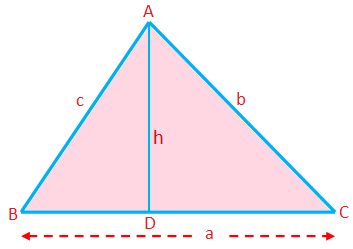
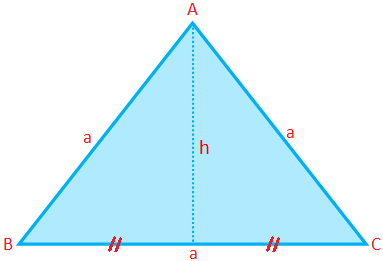
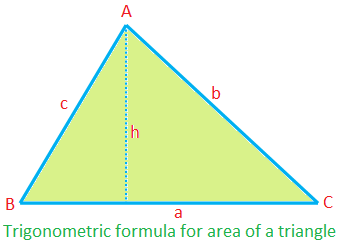
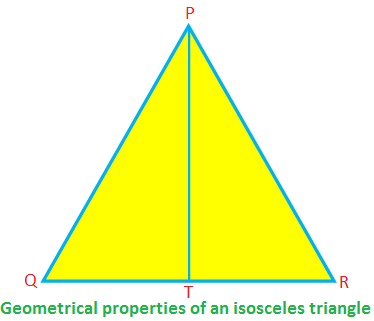
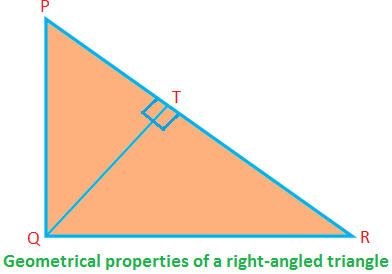
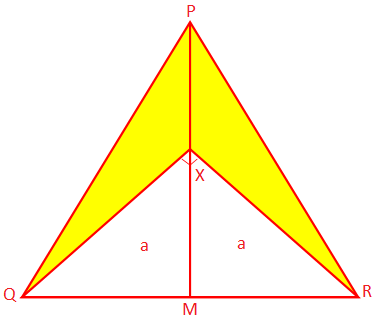




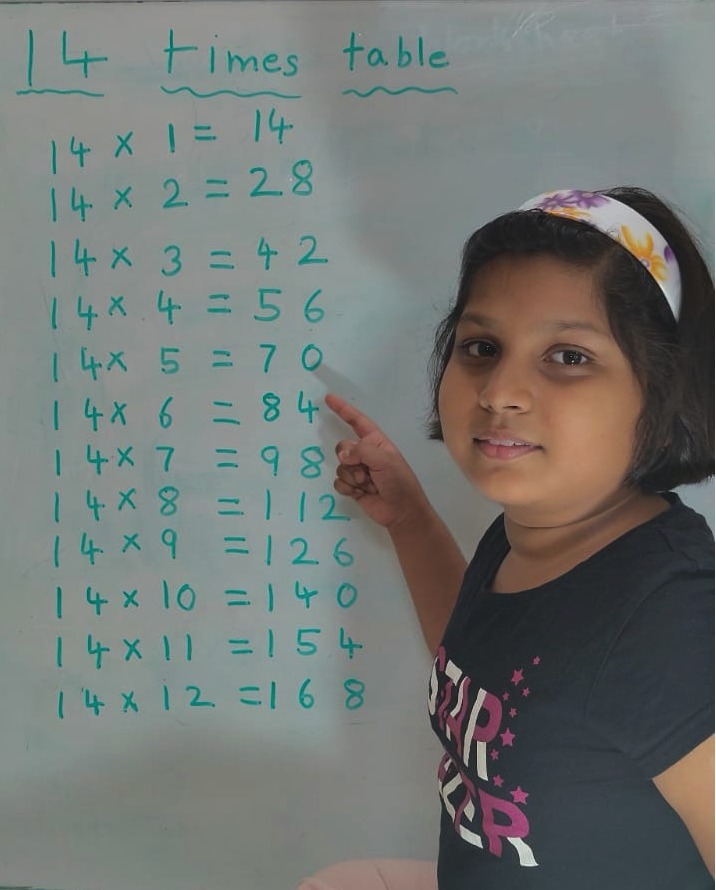
New! Comments
Have your say about what you just read! Leave me a comment in the box below. Ask a Question or Answer a Question.